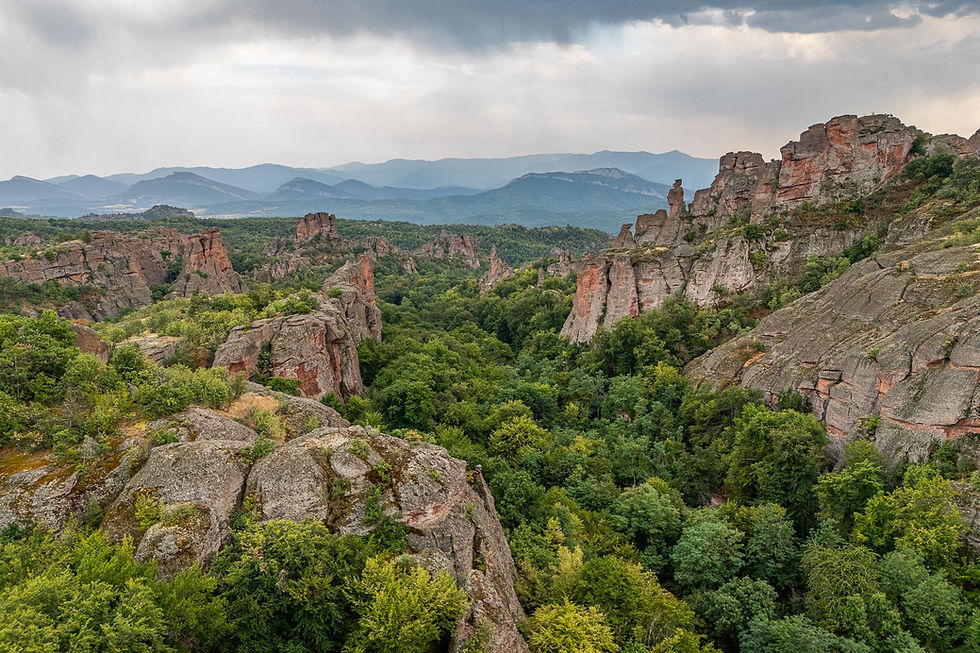Mount Kinka and the Gifu Metropolis
- Jonathan Webb
- Jan 20, 2023
- 2 min read
Updated: 5 days ago
岐阜市, 日本
Gifu, Japan
January 19th 2023

The river next to where I am staying in Inuyama delineates the border between Aichi prefecture, where I am now, and Gifu prefecture (with a hard-G). Although a whole new region of Japan, Gifu, the city that the prefecture is named after, is about as far from me by train as Nagoya, the main city of Aichi.
The city itself is small compared to the typical goliaths of Japan, but still spralled as far as the key could see, even if at a certain point it technically became a different city. In Japan, unlike most other places, city boundaries often flow into each other. Meaning, rather than there being distinct urban areas surrounded by country or some semblance of suburbia, allowing you to easily point out two grey blodges on a map and differentiating them as city A and city B, japanese cities often melt into one another to become an overgrown metropolis. The sea of buildings from Gifu indeed seems to stretch unimpeded all the way back to Nagoya at the bottom of Aichi prefecture, with only the occassional interruption by sudden pockets of small green-lined mountains.


Japan's two main religions are Shintoism, the indigenous folk religion of Japan, and Mahayana Buddhism, one of two main schools of Buddhism imported from China. Aesthetically their shrines and temples, the proper terms used for each religious site respectively, the etiquette and way to pray appear very similar, and to make things even more confusing temples and shrines are often positioned within or directly next to each other. This is because historically the two religions tolerated each other and often mixed buildings, prayers and teachings together. However, this largely stopped after 1868 when a nationalistic movement to separate native Shinto from foreign Buddhism swept Japan.

At the base of Mount Kinka, Zenko-Ji Buddhist sits next to...

...Inaba Shinto shrine

A Temizuya water fountain used to symbolically wash one's hands and mouth, shared between both Shinto Shrine and Buddhist temple


Red gates and praying including claps are a sign of Shintoism


At the top of Mount Kinka lies Gifu castle

On the walk down from Mount Kinka, we met two very outgoing squirrels who clearly were used to busking for food from hikers. Only later did I find out that these are Pallas's squirrels (Callosciurus erythraeus), a non-native species from Taiwan. Apparently, in 1936 these squirrels escaped from a Gifu exposition (?) and have settled in the mountains ever since.









